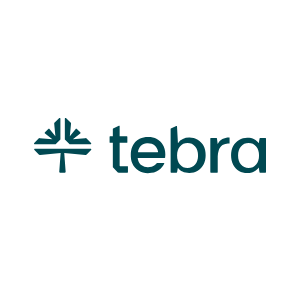What is MACRA for Medicare Providers?
MACRA stands for Medicare Access and CHIP Reauthorization Act and outlines the Quality Payment Program (QPP) which was effective January 1, 2017. With the MACRA Act of 2015, CMS discontinued the use of the Sustainable Growth Rate (SGR) as a basis for clinician payments. The QPP gave CMS the ability to reward high-value, high-quality Medicare clinicians with payment increases - while at the same time reducing payments to those clinicians who were not meeting performance standards.
MACRA has two tracks, Merit-based Incentive Payment System (MIPS) and Alternative Payment Models (APMs).
Under the Merit-based Incentive Payment System (MIPS), a clinician can earn a payment adjustment for Medicare Part B-covered services based on their performance. There are three ways to report for MIPS:
- Traditional MIPS
- Alternative Payment Model (APM) Performance Pathway
- MIPS Value Pathways (MVPs)Eligible clinicians under MIPS will see Medicare payment adjustments ranging from 4% to 9% (negative or positive). Payment adjustments earned will depend on the final score earned on all four MIPS categories.
An Alternative Payment Model (APM) is a payment approach that gives added incentive payments to provide high-quality and cost-efficient care. APMs can apply to a specific clinical condition, a care episode or a population. Qualifying APM Participants (QPs) have more stringent requirements than MIPS, but receive high bonuses. There are five basic types of APM:
- APMs
- MIPS APMs
- Advanced APMs
- Advanced & MIPS APMs
- All-Payer/Other-Payer Option.
Find your eligible status by entering your NPI in the MIPS Participation Status page.
To learn more about the MIPS and the APM tracks, click on the links below:
